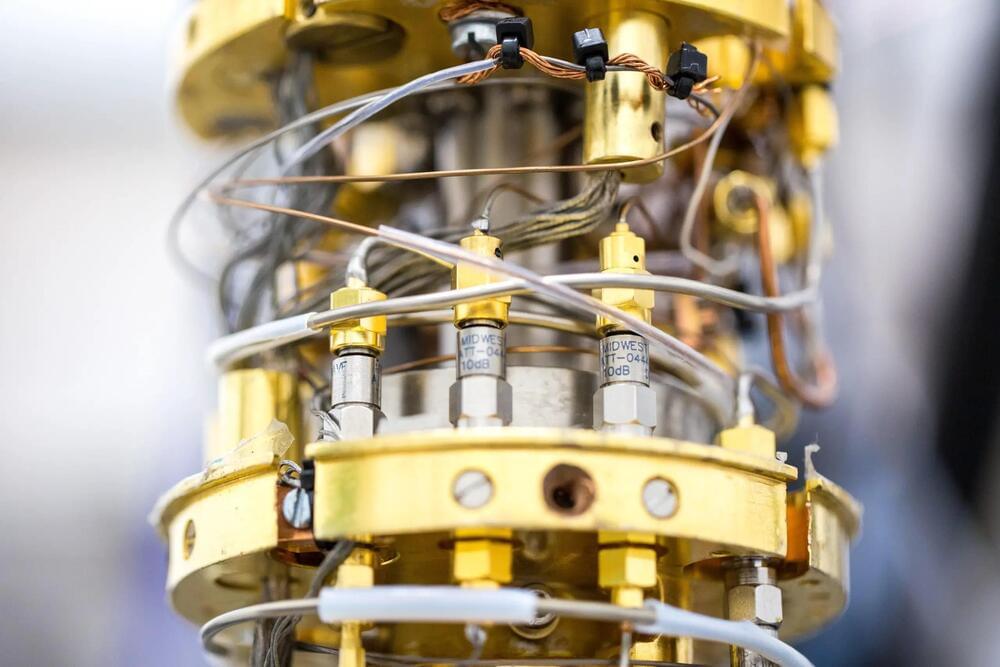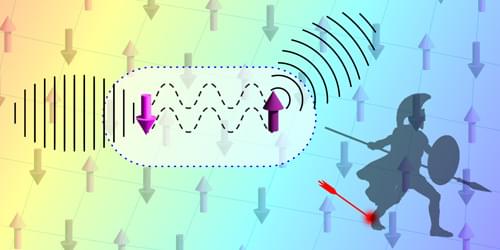I disagree with this because consciousness ends after death.
Since the beginning of time, man has questioned what happens after death. Of course, there are a variety of typical answers to this question, but scientists may have just added an infinite number of other possibilities, just to shake things up.
According to Robert Lanza, M.D, death is actually a door to an endless number of universes. Furthermore, during our life, Lanza asserts that anything that possibly can happen is happening in some universe. He continues to explain that death does not exist in these scenarios since all of these possibilities are taking place at the same time. The only reason we associate our consciousness with our physical body is due to energy operating around in our brains.








